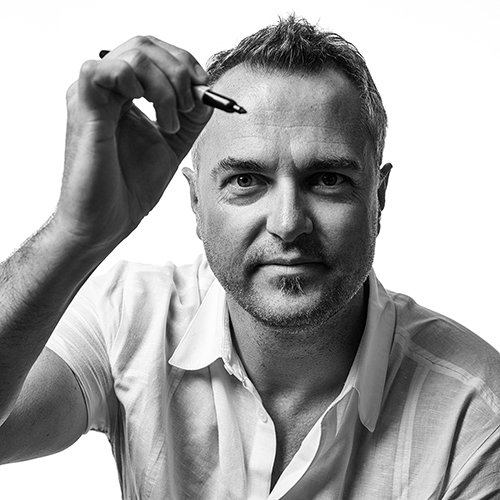Prescription for Success: How Every Company Can Cure Design Woes and Create People-Centered Products
By Jason Giles, UserTesting
“You can pay me now or pay me later.”
That tagline from the classic FRAM oil filter commercials means that a small sum spent on a basic but essential auto part could save thousands down the road. It’s a message that any company designing digital experiences is wise to heed as well.
Wasted development costs U.S. companies $2.41 trillion a year, according to the Consortium for Information and Software Quality. Add squandered opportunity costs—for example, products that take a slow, torturous route to market or, once there, fail to meet customers’ needs and expectations—and the price tag is even higher.
But by simply investing in a people-centered design evaluation process that zeroes in on the user’s experience every step of the way, organizations can minimize wasted resources and rework and improve their likelihood of delivering great products, services, and experiences that find the holy grail of brand loyalty.
Now, that surely isn’t as easy as screwing in a $10 oil filter. The entire design process, from ideation to the final product, must be rethought to include a continuous learning and testing process concentrated squarely on the user.
That requires a clear vision, tenacity, and a mindset shift in product development toward greater empathy with the ultimate customer. It means new approaches and workflows. And it might involve overcoming some internal resistance and gaining buy-in across the organization.
But, good news, most of the individual steps in the new and improved process are relatively straightforward to plan. And, of course, the payoff of making human-centered product design a critical strategic function across the business is huge: a higher level of confidence that the brand is delivering experiences that truly meet users’ needs, desires, and behaviors.
The Interaction Design Foundation defines user- or human-centered design as “an iterative design process in which designers focus on the users and their needs in each phase of the design process.” This means seeking and incorporating user research and feedback throughout the design process.
Sounds simple. Why doesn’t every organization do it?
The fact is, the design and development processes in most companies often end up not being user-focused. In a time when software development is all about getting new products and features to market as quickly as possible, systematically obtaining customer feedback might not be done or is tacked on at the end, when it's too late to iterate and make major improvements.
Too many companies make the mistake of releasing what they have decided to build and leave it to customers to deal with it, whether it’s a good experience or not.
So, what are the best ways for organizations to deploy experience research and advance a people-centered design culture?
The most essential point is to “shift left” by starting to gather insights from users as early as possible, and then maintain that user focus until and after the product is delivered.
The first phase of any design project should be all about deeply understanding the people being designed for. It should shine a light on users’ wants, pain points and behavior patterns—in short, jumping into the customers’ shoes and feeling what they feel.
With an active role in product conversations right from the start, user research —performed by a dedicated practitioner or even by a product manager or designer—can provide real-world context for framing the customer problem or opportunity and help the product team prioritize accordingly. Tactics include exploratory interviews with users, competitive research, and JTBD (Jobs-to-be-Done) foundation-setting.
As the solution becomes better defined and choices are narrowed, user research can help shape concept testing, needs validation, card sorting, tree testing, and other aspects of early design work assessment.
At the prototyping phase, people-centered research is invaluable in understanding how actual users feel about the solution. Tactics here include usability testing, flow testing, copy validation, heuristic review, preference testing, and comprehension testing.
Throughout the rest of the product development process, feedback from users continues to fuel decisions on fine-tuning the offering and even after it is released, to understand what follow-on changes are needed.
At every juncture, it helps to have the research queue jointly managed by senior managers in both product management and research, so they can agree on which studies are most urgent, and which ones can be deferred.
At UserTesting, where we have embraced people-centered design in our own product development, we have established a rule that the product team doesn’t run tests until a researcher has reviewed the test plan.
Rather than expecting the product team to come to the research team, research managers attend the regular cadence of product meetings to identify customer input opportunities and help plan, prioritize and support these activities.
The importance of research also is reflected in career development ladders at UserTesting. Designers are expected to be proficient to a certain level in core research methodologies.
All of these constructs and techniques are aimed at instilling a “measure twice, cut once” mentality, and any organization can rely on them to dramatically reduce risk in product development.
Remember the Fram pitch man’s point: If you don’t take the time to address a problem up front, you’re looking at big trouble later. People-centered design is a very worthy investment.
Jason Giles, UserTesting


